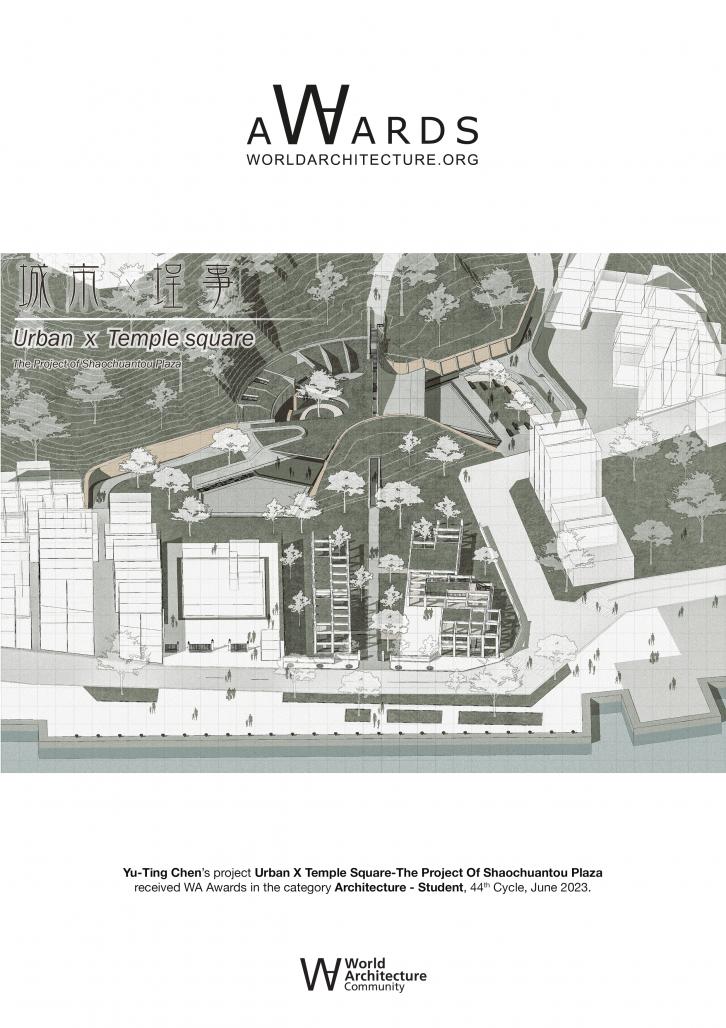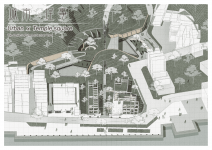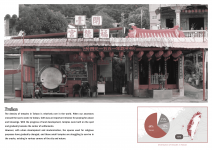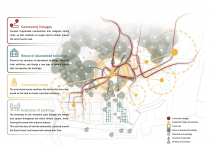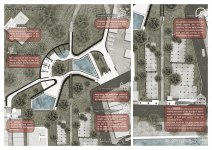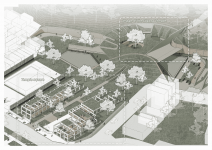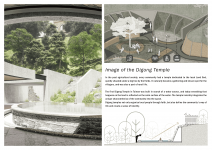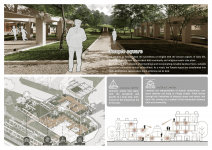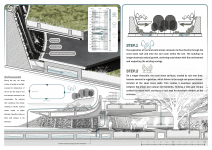What direction should the belief spaces that struggle to survive in the cracks take?
The density of temples in Taiwan is the highest in the world, but over time, some temples are being overshadowed by the crowded urban environment. With the aim of reviving the significance of temples in the community, there is an attempt to find their value in modern society while they still exist.
In 1551, the pioneers who came to Taiwan for pioneering and cultivation worshipped a stone resembling the God of Land at the foot of a mountain, hoping for a smooth search for water sources. The stone was placed on a local coral reef for people to worship and pray for blessings.
Not only did water flow out from the limestone cave on the mountain, but springs also emerged from the soil and stone crevices throughout the area. At the site, one can observe that on the hill behind, artificially-carved coral stones are laid on the slope. Spring water flows out from the crevices of the coral stones and is then directed to nearby communities. An initial community was formed, centered around faith.
Moving forward to 1983, the "Former British Consulate at Takao Tourist District" was designated as a tourism-oriented urban planning project, fragmenting the community centered around the temples. It was forgotten in the alleys at the foot of the mountain. Although the bustling temple square scene of the past no longer exists today, the space of faith will still be the key to uniting the community. From the perspective of community planning, we need to reexamine the relationship between faith and us.
2023
Our ancestors worshipped the land out of reverence for nature, projecting this belief onto rocks, which became the prototype of Temple. However, the replicated and pasted belief spaces no longer hold the original awe for nature. A new-style Temple will reestablish the relationship between nature and belief, depicting the process of constructing faith.
In the new-style temple, the roof and walls are separated, allowing rainwater to flow directly through the coral stone walls and onto the soil cover within the site. The building no longer obstructs the natural growth, achieving coexistence with the environment and respecting the existing ecology. On a longer timescale, the coral stone surfaces, eroded by rain over time, become covered in vegetation, which thrives in the rough and porous characteristics of the coral stone walls. This creates a seamless connection between the urban and natural environments, forming a land god temple crafted by nature itself, serving as a rest area for mountain climbers at the entrance.
Designer: Yu-Ting,Chen
Instructor: Shy-Ren,Feng
University: Chaoyang University of Technology
Urban x Temple square-The Project of Shaochuantou Plaza by Yu-Ting Chen in Taiwan won the WA Award Cycle 44. Please find below the WA Award poster for this project.
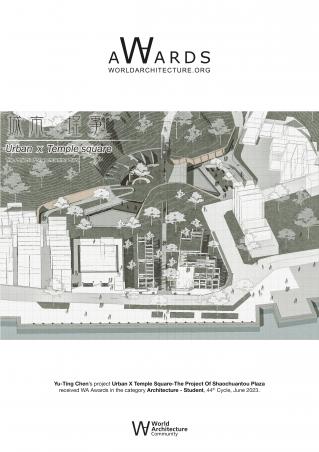
Downloaded 0 times.

